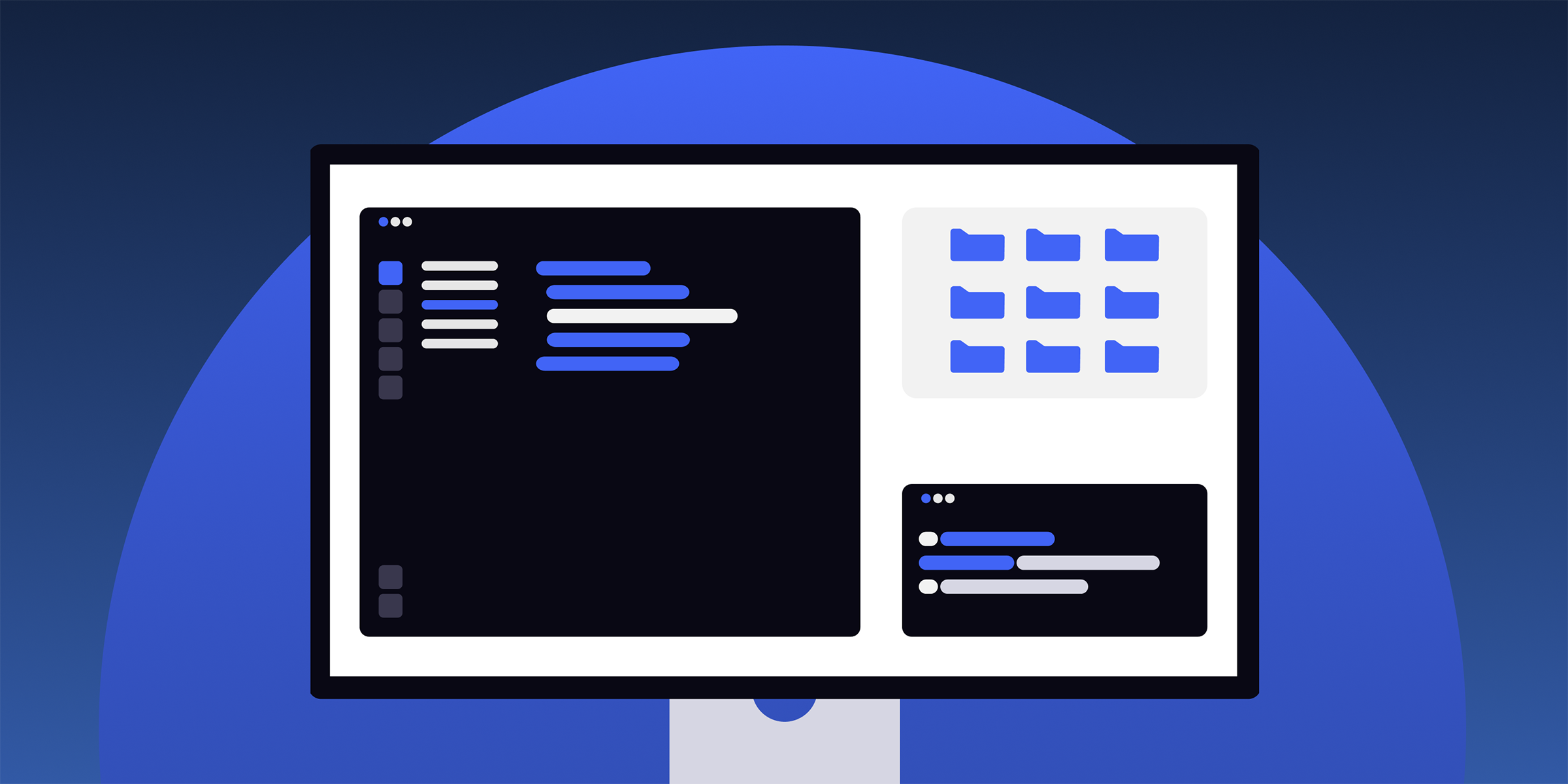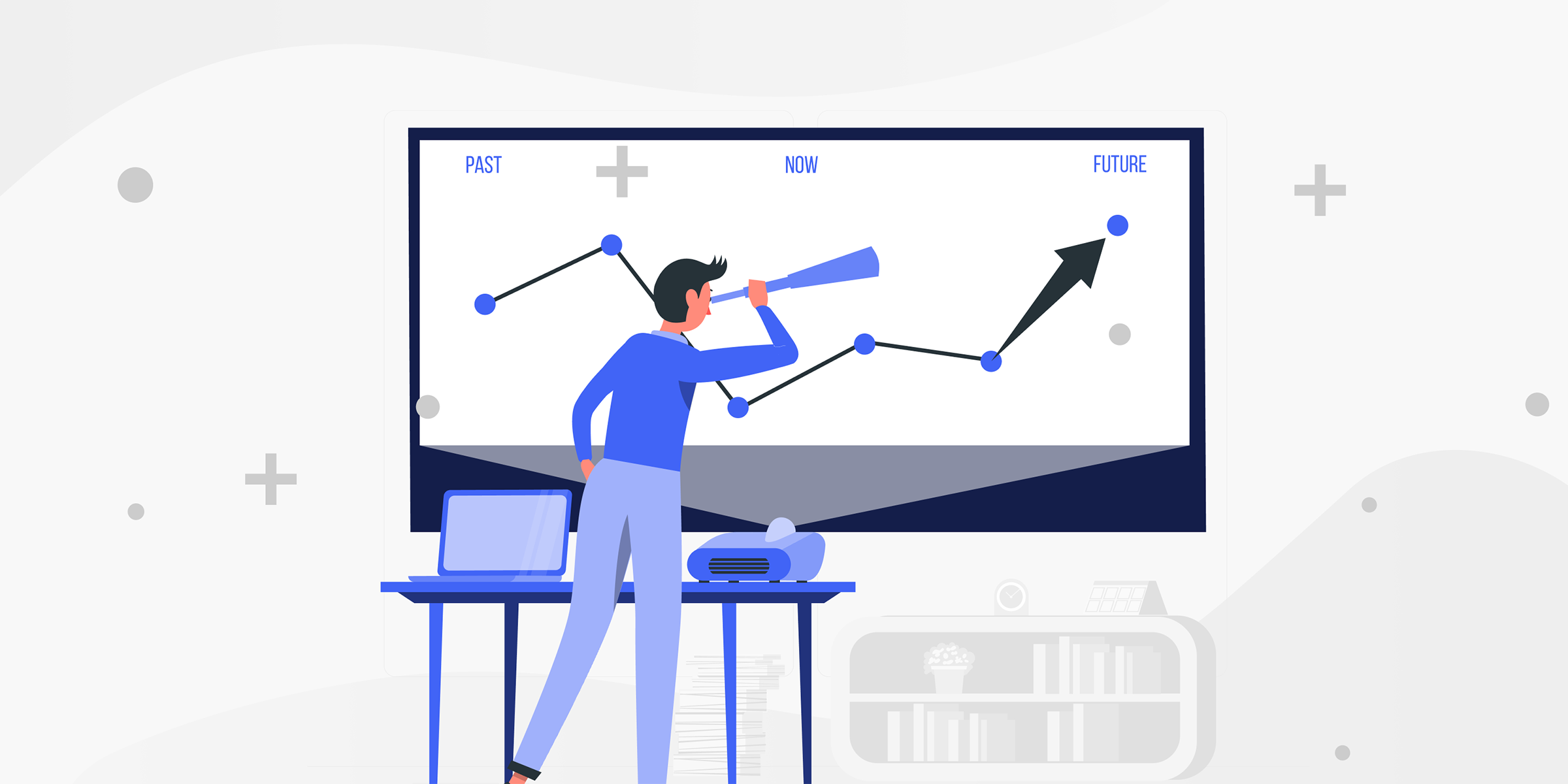Residential Proxies
Allowlisted 200M+ IPs from real ISP. Managed/obtained proxies via dashboard.

Proxies Services
Residential Proxies
Allowlisted 200M+ IPs from real ISP. Managed/obtained proxies via dashboard.
Residential (Socks5) Proxies
Over 200 million real IPs in 190+ locations,
Unlimited Residential Proxies
Unlimited use of IP and Traffic, AI Intelligent Rotating Residential Proxies
Static Residential proxies
Long-lasting dedicated proxy, non-rotating residential proxy
Dedicated Datacenter Proxies
Use stable, fast, and furious 700K+ datacenter IPs worldwide.
Mobile Proxies
Dive into a 10M+ ethically-sourced mobile lP pool with 160+ locations and 700+ ASNs.
Scrapers
Collection of public structured data from all websites
Proxies
Residential Proxies
Allowlisted 200M+ IPs from real ISP. Managed/obtained proxies via dashboard.
Starts from
$0.6/ GB
Residential (Socks5) Proxies
Over 200 million real IPs in 190+ locations,
Starts from
$0.03/ IP
Unlimited Residential Proxies
Unlimited use of IP and Traffic, AI Intelligent Rotating Residential Proxies
Starts from
$1816/ MONTH
Rotating ISP Proxies
ABCProxy's Rotating ISP Proxies guarantee long session time.
Starts from
$0.4/ GB
Static Residential proxies
Long-lasting dedicated proxy, non-rotating residential proxy
Starts from
$4.5/MONTH
Dedicated Datacenter Proxies
Use stable, fast, and furious 700K+ datacenter IPs worldwide.
Starts from
$4.5/MONTH
Mobile Proxies
Allowlisted 200M+ IPs from real ISP. Managed/obtained proxies via dashboard.
Starts from
$1.2/ GB
Scrapers
Web Unblocker
Simulate real user behavior to over-come anti-bot detection
Starts from
$1.2/GB
Serp API
Get real-time search engine data With SERP API
Starts from
$0.3/1K results
Scraping Browser
Scale scraping browsers with built-inunblocking and hosting
Starts from
$2.5/GB
Documentation
All features, parameters, and integration details, backed by code samples in every coding language.
TOOLS
Resources
Addons
ABCProxy Extension for Chrome
Free Chrome proxy manager extension that works with any proxy provider.
ABCProxy Extension for Firefox
Free Firefox proxy manager extension that works with any proxy provider.
Proxy Manager
Manage all proxies using APM interface
Proxy Checker
Free online proxy checker analyzing health, type, and country.
Proxies
AI Developmen
Acquire large-scale multimodal web data for machine learning
Sales & E-commerce
Collect pricing data on every product acrossthe web to get and maintain a competitive advantage
Threat Intelligence
Get real-time data and access multiple geo-locations around the world.
Copyright Infringement Monitoring
Find and gather all the evidence to stop copyright infringements.
Social Media for Marketing
Dominate your industry space on social media with smarter campaigns, anticipate the next big trends
Travel Fare Aggregation
Get real-time data and access multiple geo-locations around the world.
By Use Case
English
繁體中文
Русский
Indonesia
Português
Español
بالعربية

Concurrent Execution vs. Parallel Execution: Understanding the Key Differences
In the world of programming and computer science, the concepts of concurrency and parallelism are often used interchangeably, leading to confusion among many individuals. While both terms involve the execution of multiple tasks simultaneously, there are fundamental differences that set them apart. In this blog post, we will delve into the distinctions between concurrency and parallelism, exploring their implications, use cases, and benefits.
Concurrency refers to the ability of a system to execute multiple tasks in overlapping time periods. In other words, it involves breaking a task into smaller subtasks and switching between these subtasks in a rapid manner. Concurrency is particularly useful in scenarios where there are multiple tasks that can be executed independently or where the tasks need to wait for external events, such as I/O operations.
On the other hand, parallelism involves simultaneously executing multiple tasks by breaking the tasks into smaller units and processing them simultaneously using multiple processing units. Parallelism is more about speed and efficiency, as it aims to leverage the available resources to reduce the overall processing time.
1. **Concurrency**:
- Concurrency does not necessarily require multiple processing units; it can be achieved on a single processor by interleaving the execution of tasks.
- In a concurrent system, tasks may not run truly simultaneously but rather appear to be running concurrently due to time slicing.
- Concurrency is more about structure and design, focusing on breaking down tasks into smaller units and managing their execution flow.
2. **Parallelism**:
- Parallelism requires multiple processing units, such as multiple CPU cores or threads, to execute tasks simultaneously.
- In a parallel system, tasks run truly simultaneously, leading to faster execution times and increased throughput.
- Parallelism is more about performance optimization, aiming to exploit hardware resources to speed up task execution.
1. **Concurrency**:
- Concurrency is commonly used in scenarios where tasks are I/O bound, such as web servers handling multiple client requests.
- By allowing tasks to overlap and progress independently, concurrency can improve overall system responsiveness and efficiency.
- Languages like Python, Java, and Go provide robust concurrency support through features like coroutines, threads, and asynchronous programming.
2. **Parallelism**:
- Parallelism shines in tasks that are CPU bound, such as intensive computations or data processing.
- By dividing tasks into smaller units and executing them in parallel, parallelism can significantly reduce processing time and improve performance.
- Parallel computing frameworks like MPI (Message Passing Interface) and OpenMP enable developers to harness the power of parallel processing in scientific computing and data analytics.
In conclusion, understanding the distinction between concurrency and parallelism is crucial for developing efficient and scalable software systems. While concurrency focuses on task design and interleaved execution, parallelism aims at leveraging hardware resources for simultaneous execution. By choosing the right approach based on the nature of tasks and system requirements, developers can optimize performance and achieve better resource utilization. Whether it's managing multiple client connections in a server application or speeding up complex computations, knowing when to apply concurrency or parallelism can make a significant difference in the overall effectiveness of a software system.
Featured Posts
Popular Products
Residential Proxies
Allowlisted 200M+ IPs from real ISP. Managed/obtained proxies via dashboard.
Residential (Socks5) Proxies
Over 200 million real IPs in 190+ locations,
Unlimited Residential Proxies
Use stable, fast, and furious 700K+ datacenter IPs worldwide.
Rotating ISP Proxies
ABCProxy's Rotating ISP Proxies guarantee long session time.
Residential (Socks5) Proxies
Long-lasting dedicated proxy, non-rotating residential proxy
Dedicated Datacenter Proxies
Use stable, fast, and furious 700K+ datacenter IPs worldwide.
Web Unblocker
View content as a real user with the help of ABC proxy's dynamic fingerprinting technology.
Related articles

Leverage Laravel: Unveiling an Open Source Simple Scraper App
Explore the power of open source with a simple Laravel scraper app. Learn how to efficiently gather data with this user-friendly tool. Dive into the world of web scraping and boost your productivity today.

Unveiling the Power of Proxy Servers: Boost Your Online Security and Performance
Explore the benefits of using a proxy server for enhanced security and privacy. Learn how a proxy server can help you safeguard your online activities and protect sensitive information. Improve your browsing experience with a reliable proxy solution today.

Unlocking the Power of Aggregation: Definition and Impact Explained
Looking for an aggregation definition? Learn about the meaning and importance of aggregation in data analysis. Explore how aggregation simplifies complex data sets into manageable summaries. Find out more about aggregation techniques and its applications. Dive into our comprehensive guide now.